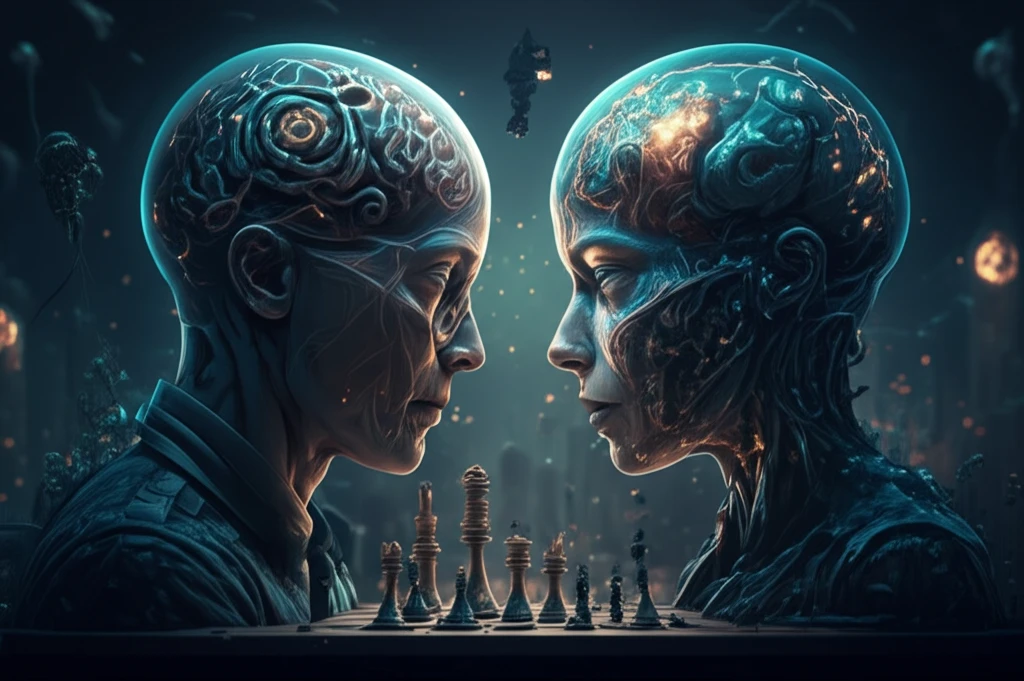
Decoding the Game: How Learning Dynamics Shape Your Choices
"A Fresh Look at Behavioral Game Theory for Everyday Decision-Making"
Life is a series of strategic interactions. Whether you're negotiating a raise, deciding on a marketing campaign, or simply figuring out how to split a bill with friends, you're engaged in a game. The choices you make in these situations aren't always rational, at least not in the traditional economic sense. This is where behavioral game theory comes in, offering a more realistic lens to understand human decision-making.
Behavioral game theory incorporates psychological insights into the study of strategic interactions. It acknowledges that people aren't perfectly rational actors, and that factors like emotions, biases, and learning processes play a significant role in shaping their choices. One of the most fascinating aspects of this field is the study of learning dynamics – how our past experiences and observations influence our future behavior in strategic settings.
Imagine playing the same game repeatedly. After each round, you update your strategy based on what you've learned. This iterative process is the essence of learning dynamics, and it can lead to a variety of outcomes. Sometimes, players converge to a stable equilibrium, where everyone is playing their best strategy. Other times, they get stuck in cycles of suboptimal behavior, or even chaotic patterns of decision-making. Understanding these dynamics can provide valuable insights into real-world phenomena, from market trends to political negotiations.
What is EWA Learning and Why Does It Matter?

One powerful framework for analyzing learning dynamics is Experience-Weighted Attraction (EWA) learning. EWA, developed by Camerer and Ho in 1999, is a comprehensive model that generalizes several well-known learning rules, including:
- Reinforcement Learning: Players choose actions based on how well they've performed in the past. If an action yielded a positive outcome, they're more likely to repeat it.
- Belief Learning: Players form beliefs about what their opponents will do and respond accordingly. This involves constructing a mental model of the game and updating their beliefs as they observe their opponents' actions.
- Fictitious Play: A specific type of belief learning where players believe their opponents will play a mixed strategy based on the historical frequencies of their actions.
- Best Response Dynamics: Players always choose the best possible action, given their beliefs about their opponents' behavior. This assumes a high degree of rationality and awareness.
The Future of Strategic Thinking
The research of learning dynamics offers valuable insights for decision-making in all areas of life, from business strategy to personal relationships. By understanding how our past experiences shape our current choices, we can make more informed decisions and avoid falling into predictable patterns of behavior. This understanding fosters more effective negotiation skills and strategic thinking for long-term success. As technology evolves, applications for AI learning algorithms and their potential to predict our next moves will continue to challenge our existing strategies and how we prepare to anticipate the future.
